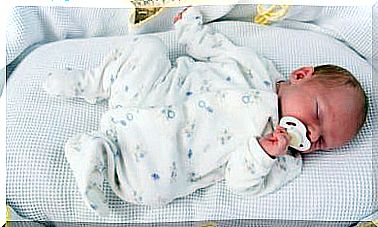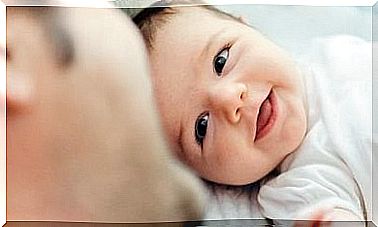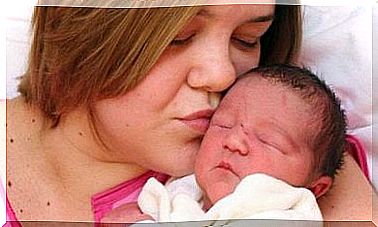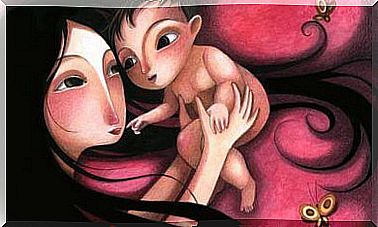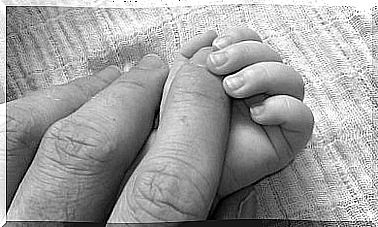What Is Plagiocephaly?
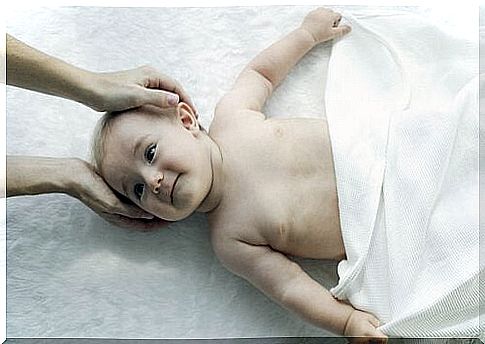
The good news is that good habits can prevent plagiocephaly and it is treatable too.
Plagiocephaly is a deformation of the baby’s skull that occurs as a result of external pressure. It consists of a slight dent in the back of the head.
Plagiocephaly can also appear on the sides or around the top of the head.
Because of this pathology , pediatricians recommend specific sleeping positions for the baby.
Traditionally it was recommended that babies sleep on their stomachs. However, this position has been linked to sudden infant death syndrome.
Rather, experts began to recommend that newborns sleep on their backs.
Although some people attribute negative developmental effects to plagiocephaly , it actually does not pose any risks.
A clear and timely diagnosis can stop the effects of plagiocephaly. The treatment is not invasive.
How does positional plagiocephaly arise?
There are three common causes of postural plagiocephaly and they all have to do with external conditions ; therefore it is not a congenital disease.
- Static posture. The baby’s mobility is limited in the first few months after birth. This causes the child to stay in the same position for a long time until someone intervenes.
Leaving a baby in the same position for long periods of time can lead to plagiocephaly. The same thing can happen in his stroller.
In this case positional plagiocephaly is caused by the pressure that the support surface puts on the child’s head.
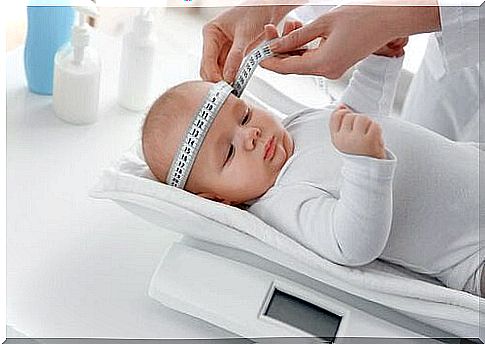
- Uterine pressure. There are cases of plagiocephaly that occur in infants who grew up in a small uterus or in babies who were part of a multiple pregnancy. It also occurs in babies with torticollis (muscular wry necks) due to a lack of space.
The cause of this pathology can be attributed to a deformation of the uterus or problems with the amniotic fluid. It can also occur when the baby is growing relatively fast in the limited space that the uterus offers.
- Birth using instruments. Some babies have plagiocephaly after giving birth using forceps or suction cups. In some cases, these instruments can cause deformities.
Another reason for plagiocephaly is premature birth. One possible explanation is that the baby’s skull is not fully developed.
How to recognize the occurrence of positional plagiocephaly
About 10% of newborns suffer from plagiocephaly. The immediate consequences are purely aesthetic.
Most specialists insist on ruling out any neurological problems related to this deformation.
The main method of diagnosing plagiocephaly is observation.
During regular pediatric examinations, the baby’s head should be measured and viewed from all sides.
Plagiocephaly shows up as a noticeable dent on the back or sides of the head.
Another way to detect this condition is to use the “finger, hand, thumb” measurement. The adult should very carefully place their little fingers behind one of the baby’s ears.
The palm should be on its side and the thumbs should meet on top of the head, forming a perfect semicircle.
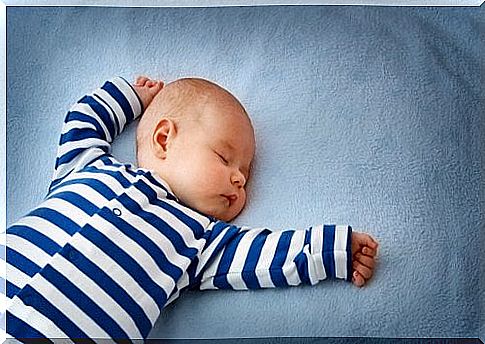
How can you prevent plagiocephaly?
There are certain healthy habits parents can develop while taking care of their babies to help prevent this problem. Here are a few suggestions:
- Constant changes in position. You can move the baby from side to side while sleeping to prevent them from maintaining the same position.
- Lay the baby face down when he is awake. This position is recommended only after the baby is three months old.
- Use special pillows. There are some special pillows that have a slot where the baby can support their head.
- Take the baby in your arms. The most effective way to prevent this deformation is to have the baby in your arms. For example, special items such as baby carriers can be used.
To treat plagiocephaly, doctors recommend physical therapy exercises. Parents can be of great help to their children after diagnosis.
In more severe cases, the use of a special helmet is recommended. The helmet has a gap in the area where the plagiocephaly is present. The baby has to wear the helmet all day for about four months.
